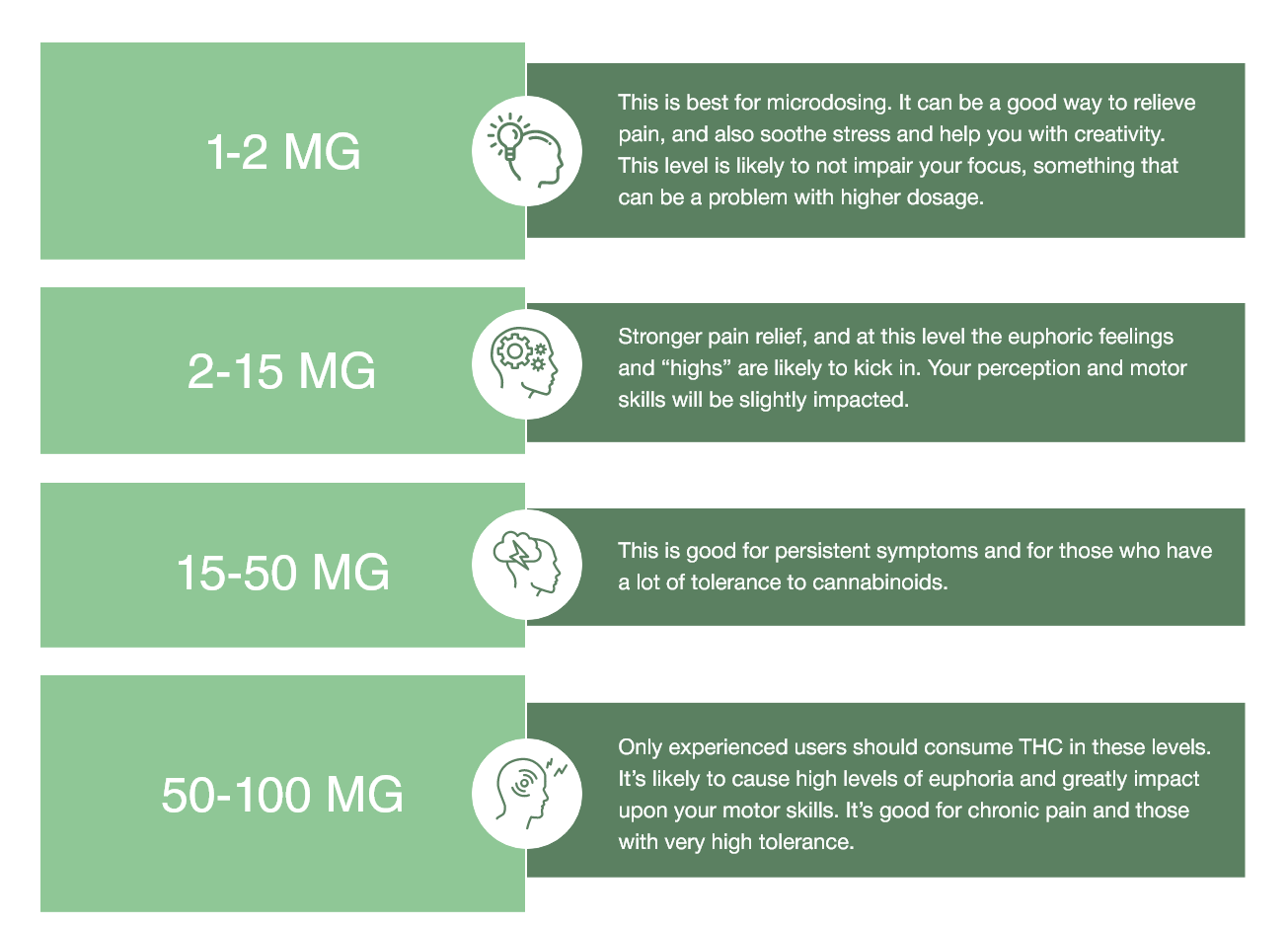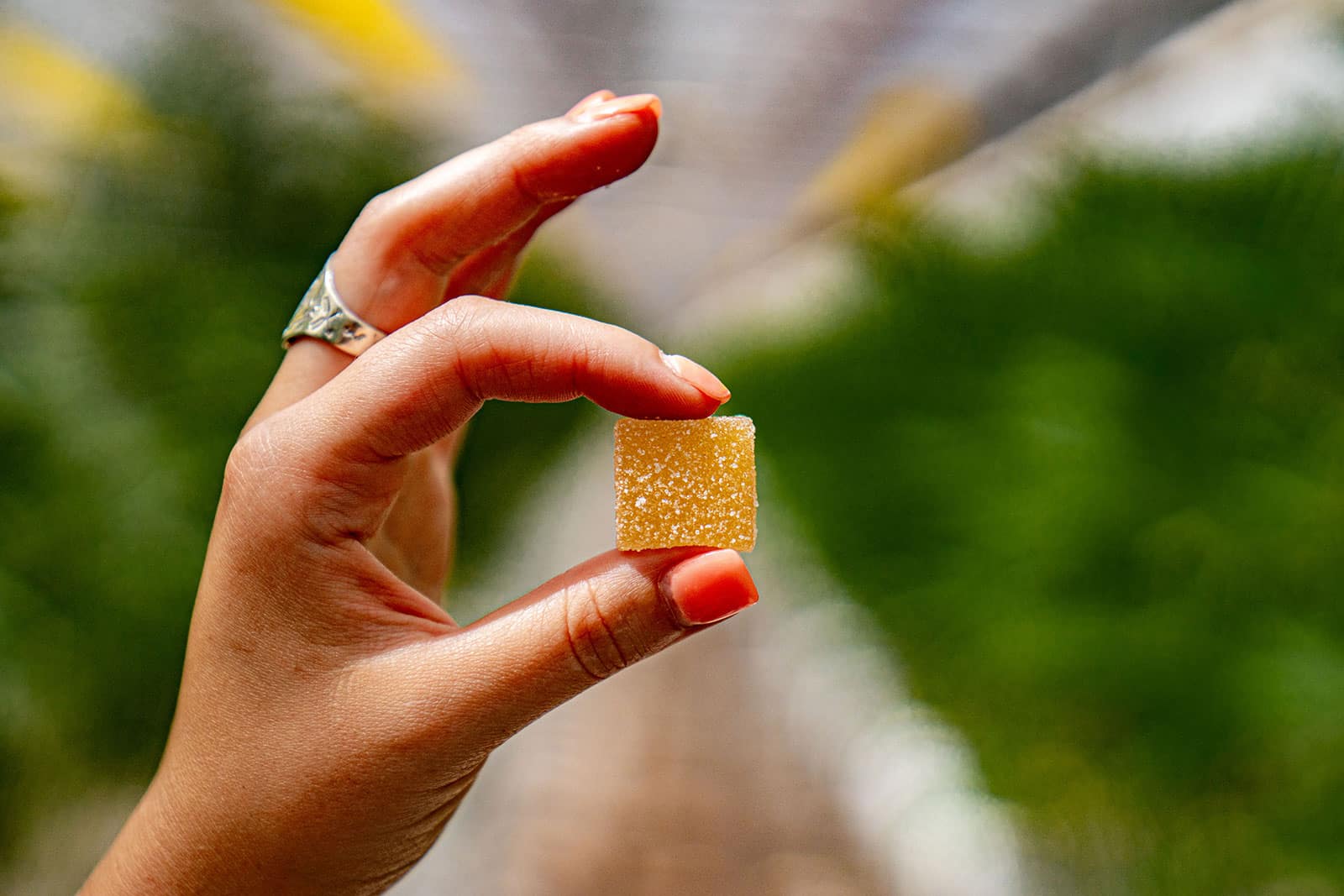How Long Does A 10 Mg Edible Stay In Urine
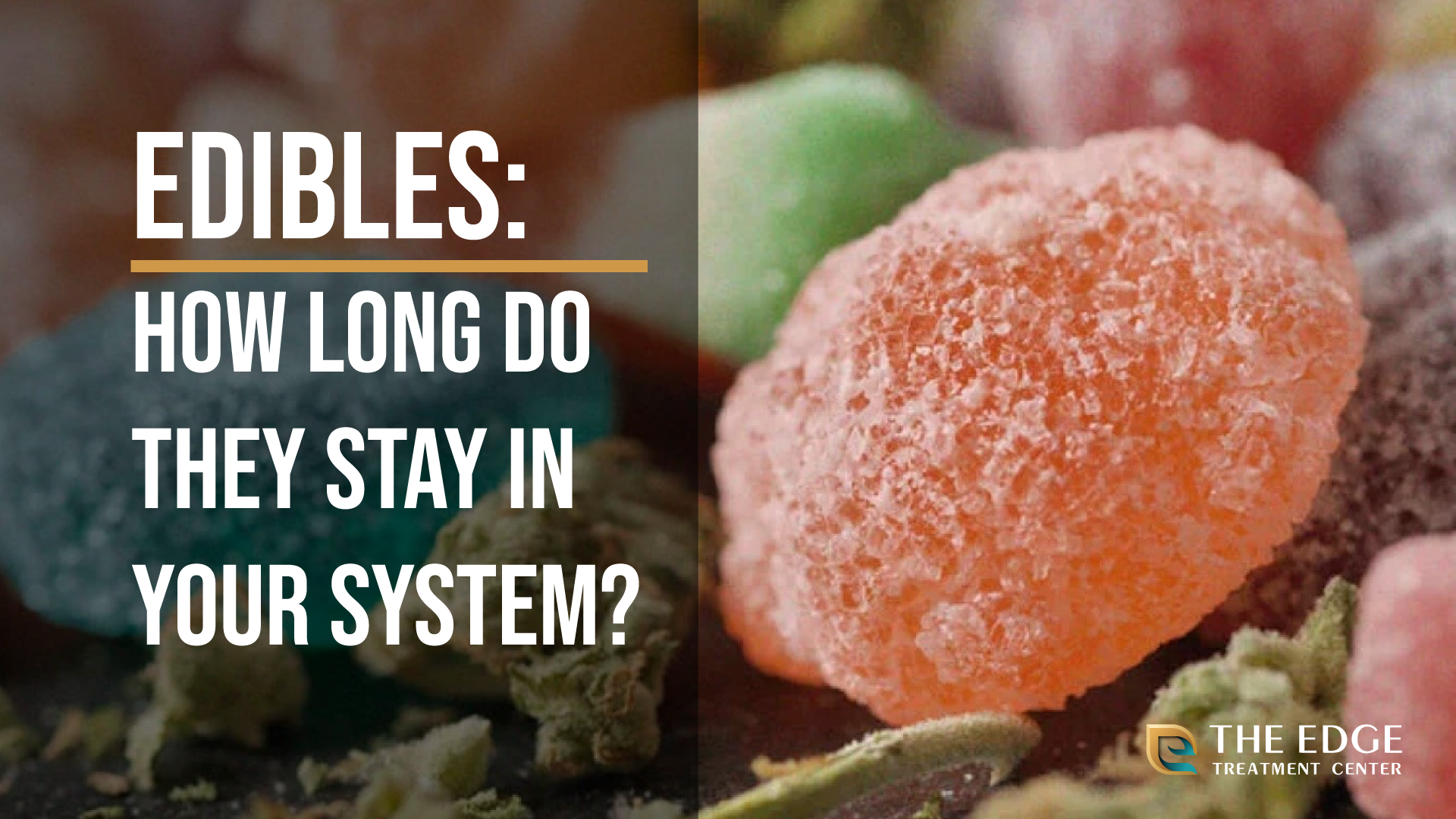
Marijuana legalization is spreading, but testing policies remain complex. Understanding how long a 10mg edible stays detectable in urine is crucial for navigating legal and employment landscapes.
This article provides a fact-based overview of marijuana detection times in urine after consuming a 10mg edible, addressing the concerns of individuals subject to drug testing protocols. We focus on confirmed scientific data and avoid speculation.
Understanding THC Metabolism and Detection
The psychoactive compound in marijuana, THC, is metabolized by the body into various compounds. One of the primary metabolites, THC-COOH, is what drug tests typically detect.
THC-COOH is stored in body fat and released slowly into the bloodstream before being excreted in urine. This process makes it detectable for a longer period than THC itself.
Edibles, because they are processed through the digestive system, often lead to a slower release of THC into the bloodstream. This can influence the detection window.
Factors Affecting Detection Time
Several factors influence how long THC-COOH remains detectable in urine. These include frequency of use, metabolism, body fat percentage, hydration levels, and exercise habits.
Frequent users accumulate THC-COOH in their fat cells, leading to longer detection times. Individuals with higher body fat percentages may also experience prolonged detection windows.
Metabolism rates vary widely among individuals. Faster metabolisms may process and eliminate THC-COOH more quickly.
General Detection Times for a 10mg Edible
For infrequent users (those who consume marijuana less than twice a week), THC-COOH is generally detectable in urine for 3-15 days after a single 10mg edible.
Moderate users (several times a week) might test positive for 7-21 days. Heavy users (daily or near-daily) could test positive for 30 days or longer.
These are general estimates, and individual results can vary significantly.
Data from Studies and Research
Research indicates that the concentration of THC-COOH in urine peaks within a few hours after consuming an edible. The duration of detectability depends on the aforementioned factors.
A 2017 study published in the Journal of Analytical Toxicology found that chronic, heavy users can have detectable levels of THC-COOH in urine for up to 45-77 days after cessation of use.
However, this study did not focus solely on 10mg edibles but provides context for heavy users. Individual results can differ significantly.
Testing Cut-off Levels
Urine drug tests typically have a cut-off level for THC-COOH, usually 50 ng/mL. A sample is considered positive if it exceeds this level.
Some employers or legal jurisdictions may use lower cut-off levels, such as 20 ng/mL or even 15 ng/mL, increasing the likelihood of a positive result.
Knowing the cut-off level used by the testing entity is crucial for understanding the implications of consumption.
Strategies for Potentially Reducing Detection Time
While there are no guaranteed methods to expedite THC-COOH elimination, staying hydrated and engaging in regular exercise can help.
Drinking plenty of water can dilute urine, temporarily lowering the concentration of THC-COOH. However, excessive dilution can trigger a "diluted" result, requiring a retest.
Exercise can help burn fat, potentially releasing stored THC-COOH. However, this could temporarily increase the concentration in urine.
Legal and Employment Implications
Even in states where marijuana is legal, employers may still have zero-tolerance drug policies. It's essential to understand your employer's policies.
Positive drug tests can have serious consequences, including job loss, legal penalties, or denial of services.
Consult with legal counsel or HR professionals for specific guidance on workplace drug testing policies.
Disclaimer
This information is for informational purposes only and does not constitute medical or legal advice. Consult with qualified professionals for personalized guidance.
Conclusion: Key Takeaways and Next Steps
A 10mg edible can stay detectable in urine for varying lengths, generally 3-15 days for infrequent users, but longer for frequent users. Knowing factors affecting detection is crucial.
Individuals facing drug testing should be aware of their employer's or legal jurisdiction's specific policies and cut-off levels. Further research is ongoing regarding precise detection windows.
Always prioritize understanding and adhering to applicable laws and regulations regarding marijuana consumption and drug testing. Stay informed about evolving research and legal landscapes.
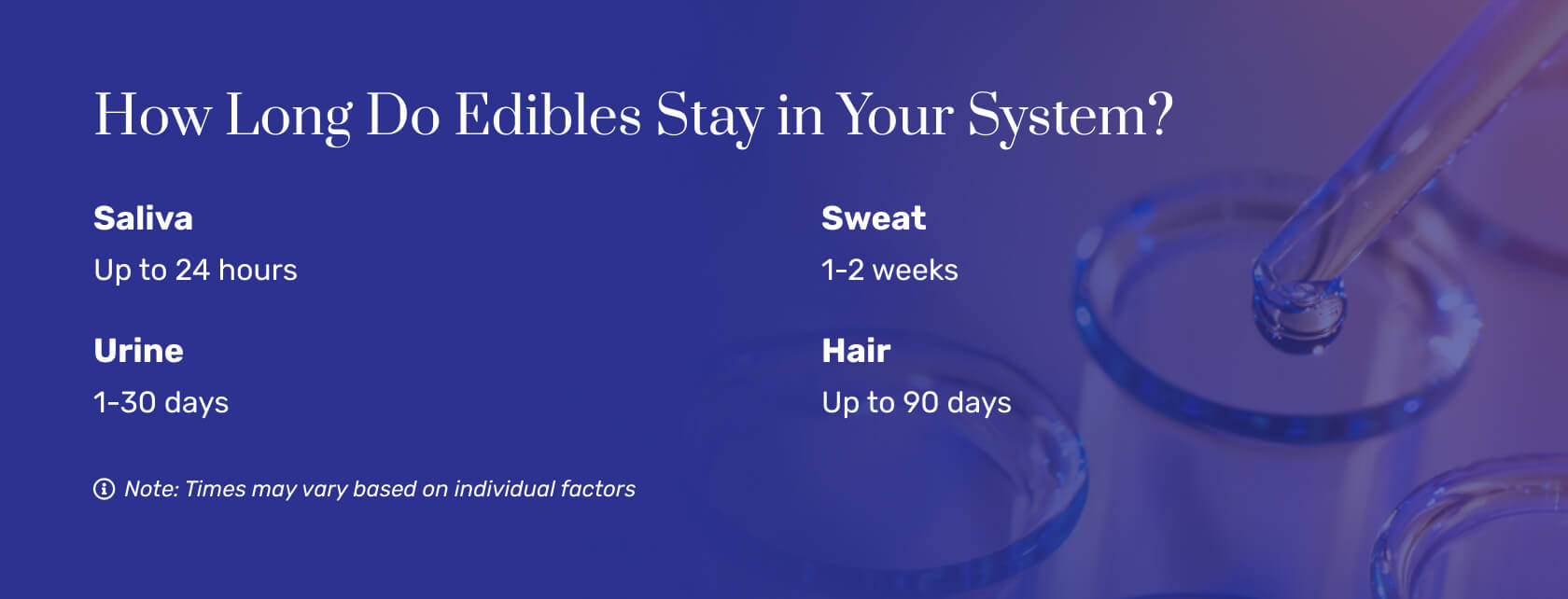
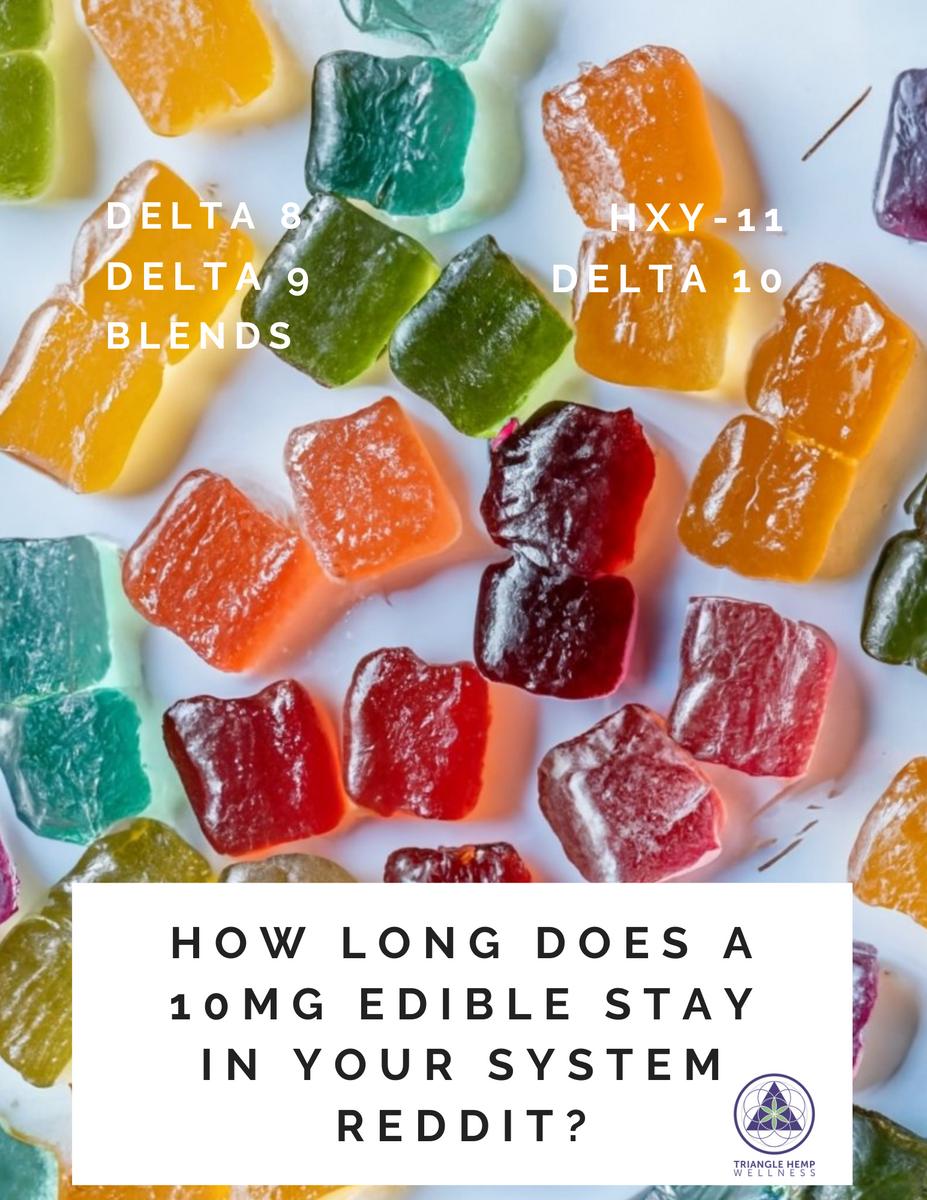
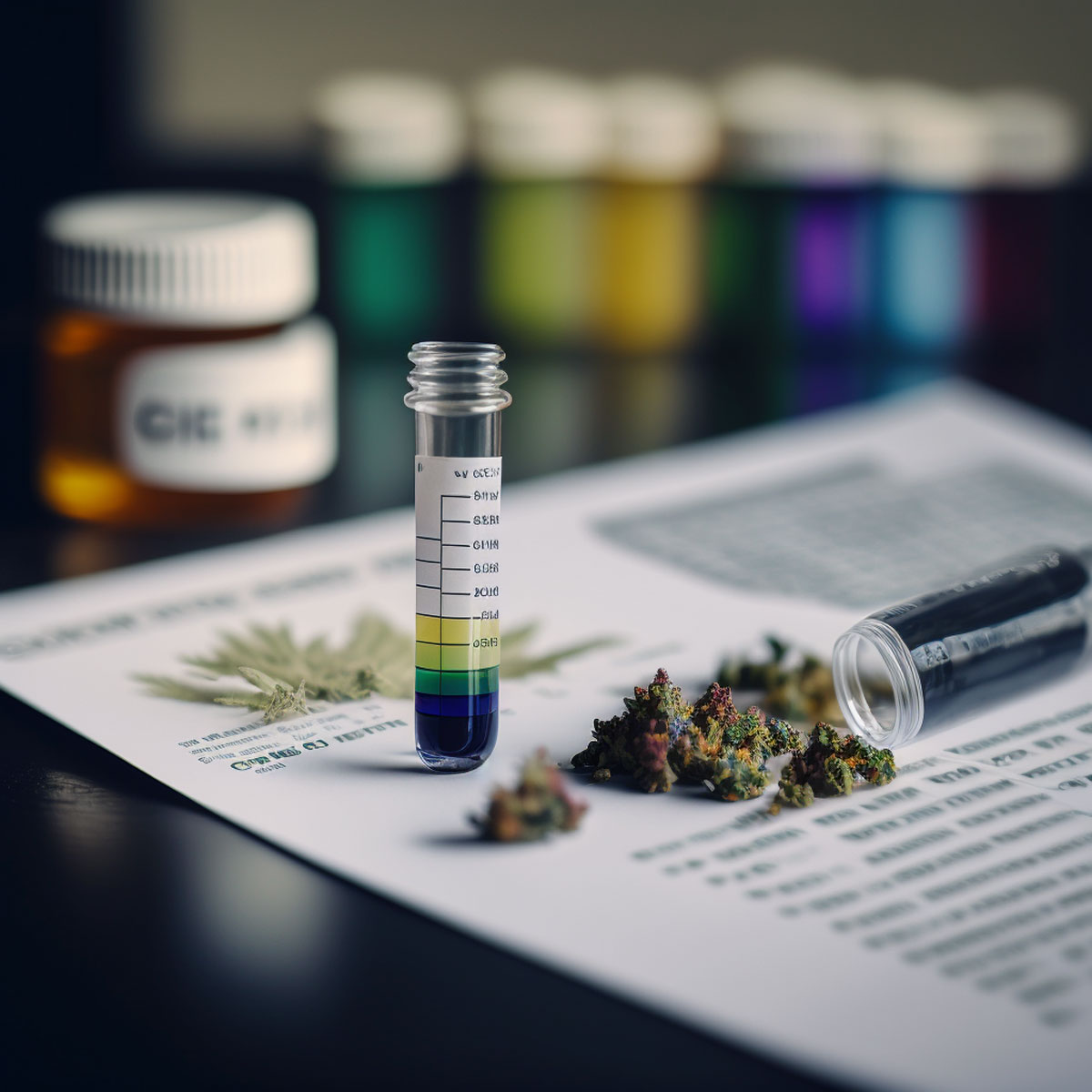
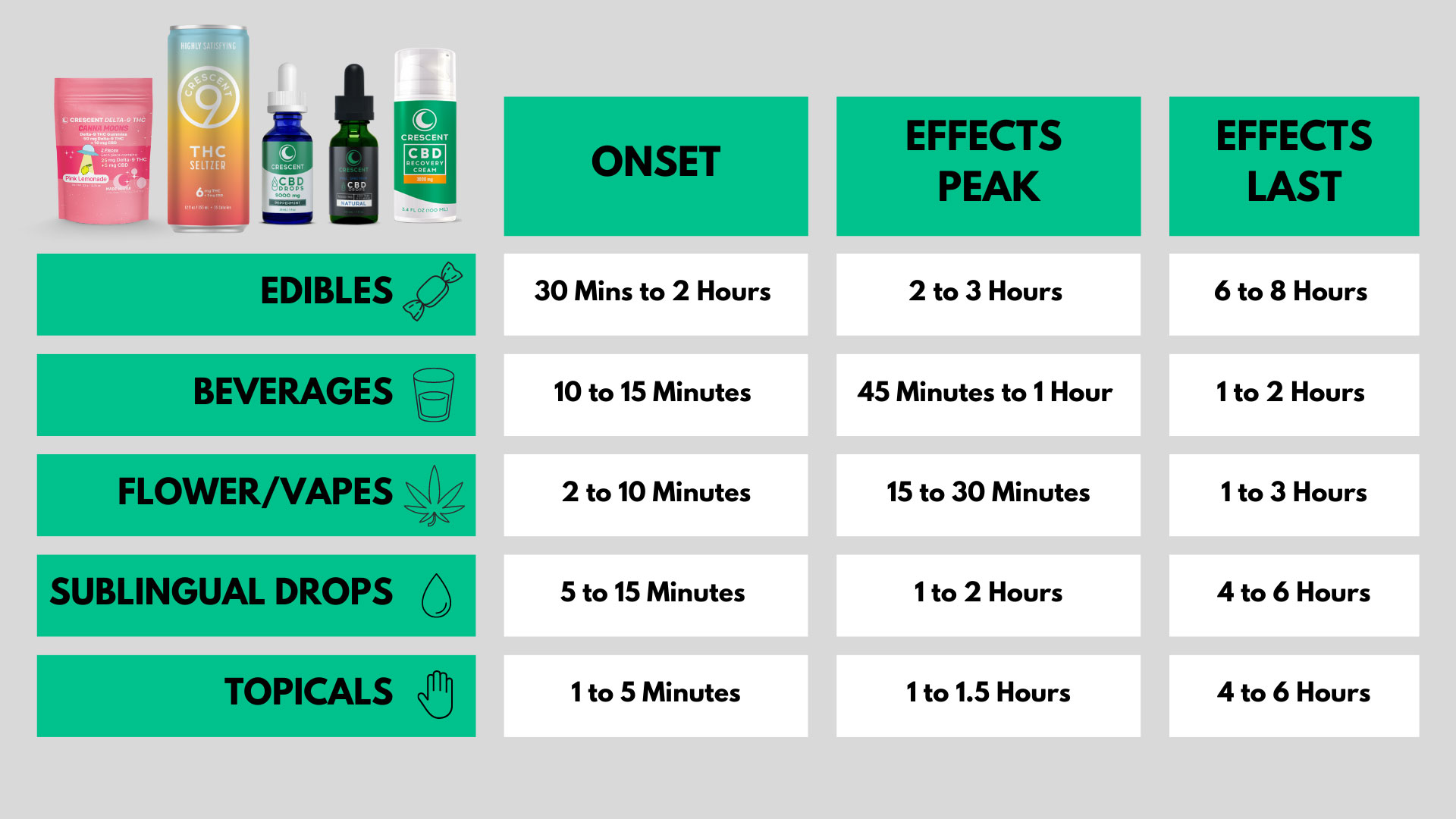

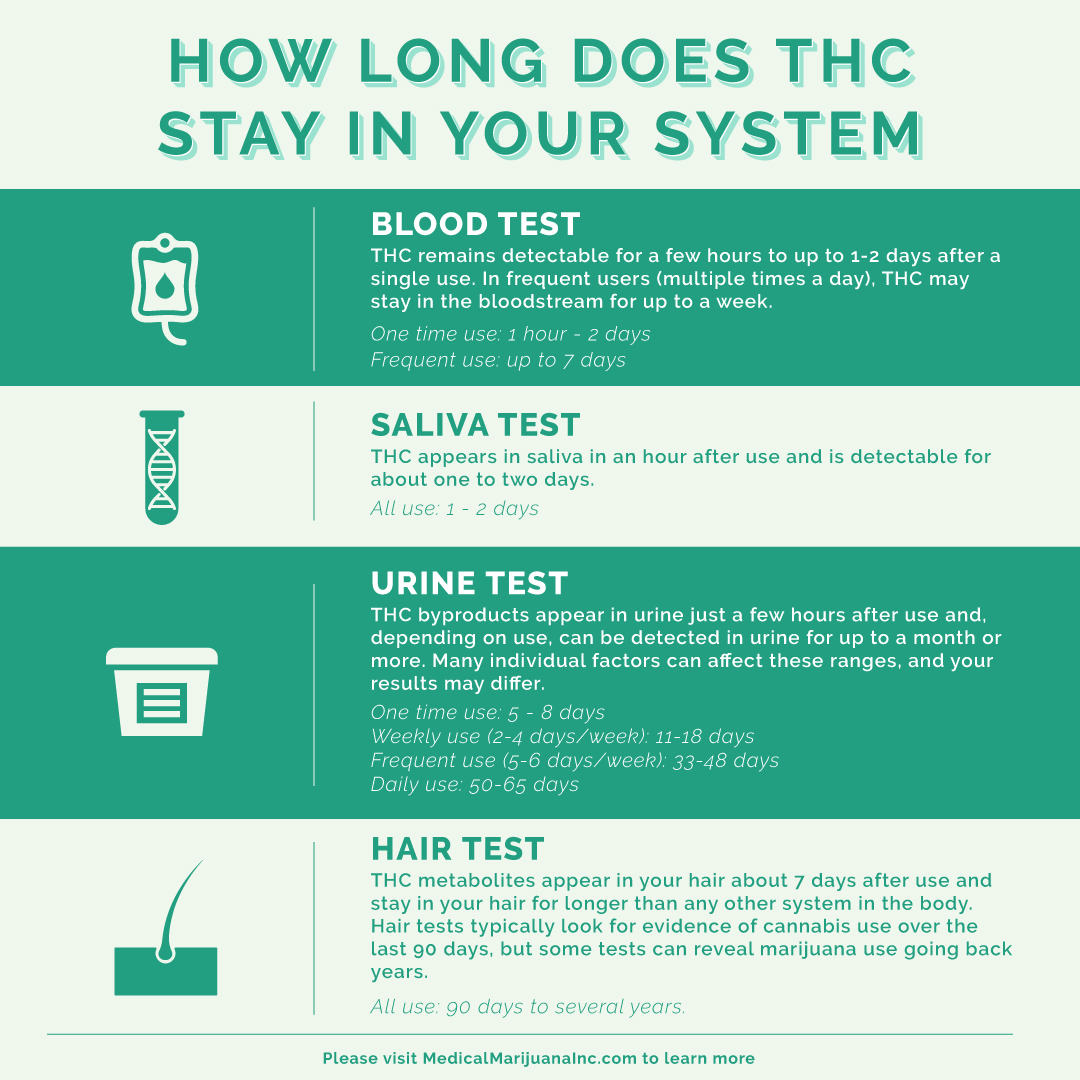

![How Long Does A 10 Mg Edible Stay In Urine How Long Do Edibles Stay In Your System? [1571f6]](https://i.ytimg.com/vi/pt6_Inu8nDk/sddefault.jpg)
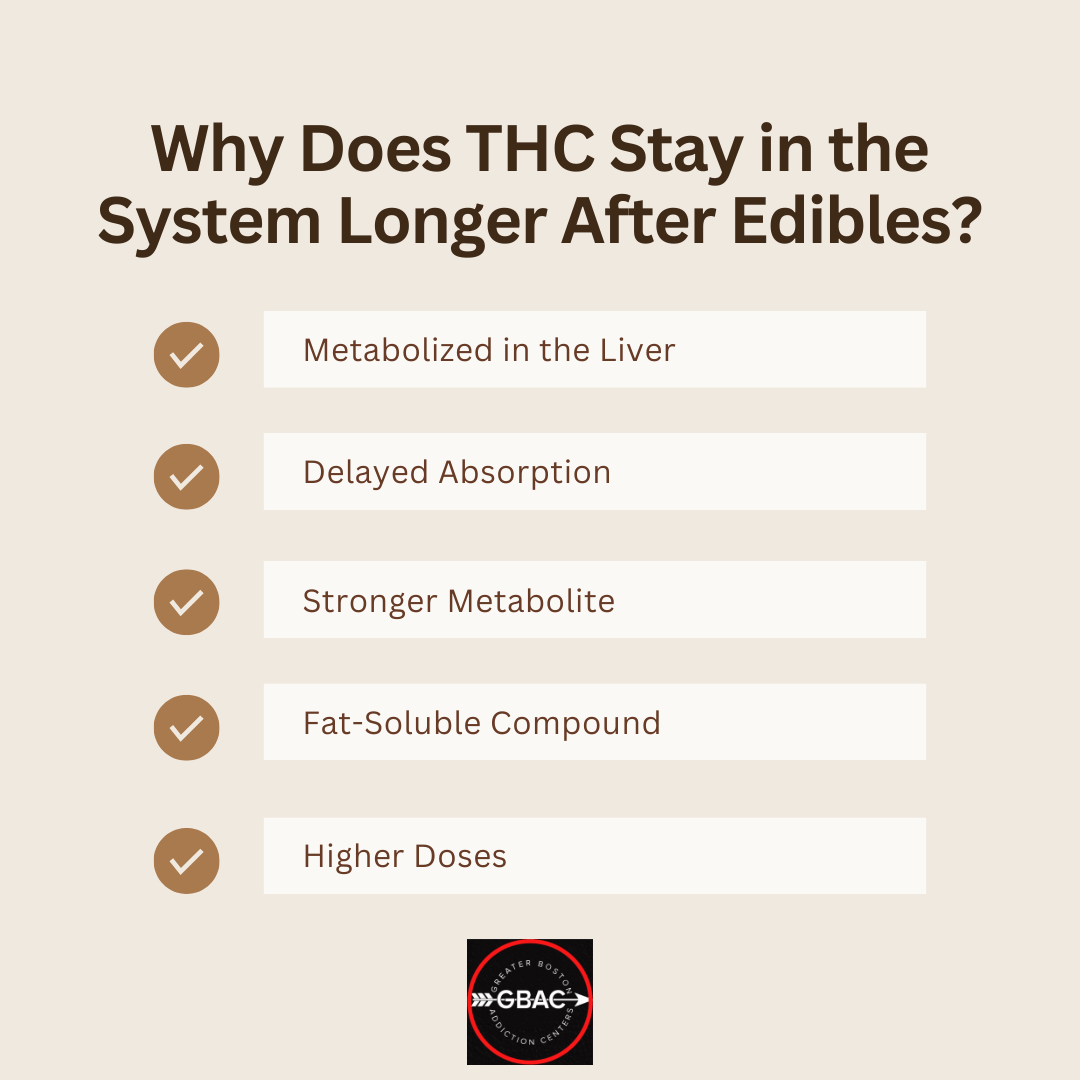


![How Long Does A 10 Mg Edible Stay In Urine How Long Do Edibles Last? [Full Timeline]](https://static.wixstatic.com/media/8af0ce_7551be18fc8540f49aa7521b5f46934c~mv2.jpg/v1/fill/w_1000,h_668,al_c,q_90,usm_0.66_1.00_0.01/8af0ce_7551be18fc8540f49aa7521b5f46934c~mv2.jpg)
